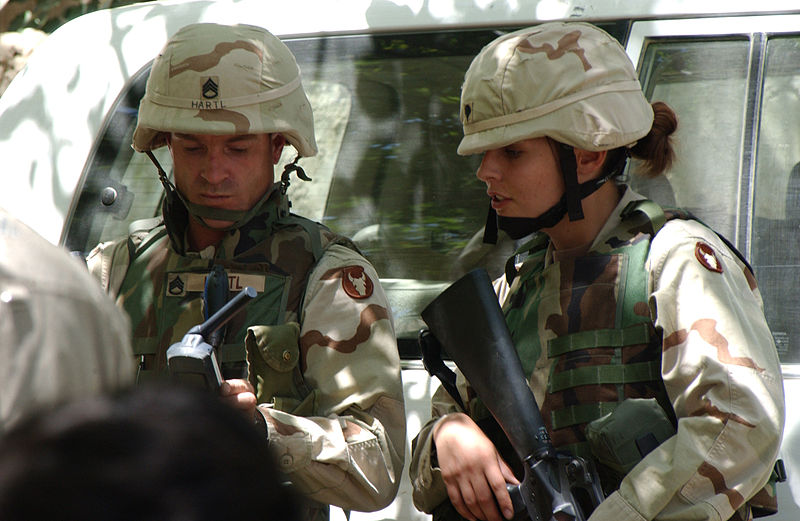The Jakarta handset is expected to be unveiled at the Mobile World Congress 2014.
The partnership between BlackBerry and Foxconn, which was first announced in December of last year, is about to produce its very first release of mobile devices, which will be debuted at the MWC 2014.
This answers the question that many people had about the next BlackBerry 10 based device.
According to Terry Gou, the chairman of Foxconn, when asked about the newest mobile devices from the struggling manufacturer, “We are working with them to design a new device, and we will showcase multiple devices at the trade show in Barcelona in February.” The specs regarding the handset have not been revealed, as it appears that the companies are attempting to keep them secret until the official launch.
The prediction is that the mobile devices will be lower end, and will be the BlackBerry Jakarta.
This lower end gadget will not be featuring a physical keyboard, as has been desired by many of the most loyal among the last lingering BlackBerry device owners. Instead, it will have a much more cost effective full touchscreen display. The goal is predicted to be to provide consumers with a new option to be able to purchase a touchscreen smartphone without a large price tag.
Many have been greatly interested in the fact that it seems that Gou has been talking about several mobile devices, and not a single gadget. This has spawned a great deal of speculation as to whether this means that BlackBerry will be launching more than one new handset, or if there will be more that are being manufactured by Foxconn, which could also suggest that Firefox OS gadgets will also be working their way into the mix.
It is believed that the “Jakarta” mobile devices will be slated to hit the emerging markets midway through the spring, this year, in April or May. This will still be at least a couple of months after its initial unveiling at the massive international technology news event. This description of the expected gadgets aligns well with the direction that the partnership had intended to take throughout 2014 and into the future.
A number of different virtual tools will be used to help to enhance the ability to prepare troops.
With the goal of innovating the training process, the Army has decided to work more augmented reality tools and virtual environments into its training process, including the use of games.
The goal is to ensure that troops will be more ready for major field exercises.
At the same time, this is making it possible to provide the necessary instruction and experience within the limitations of a tight budget. A Sources Sought notice has now been issued by the Army Contracting Command, requesting that interested companies provide a demonstration of mature technologies designed for military training that can be used at home bases. Tech should include augmented reality tools that individual soldiers will be able to use, or units that are smaller than a company.
These augmented reality and virtual tools would be employed for home base training.
The training would occur ahead of the Network Integration Evaluation (NIE) 15.1, which will occur in Fort Bliss, Texas and in White Sands Missile Range, New Mexico, near the end of the year in October and November. During this time, it is the intention of the Army to conduct an evaluation of its tactical network baseline among a number of different forms of scenarios of operations. It is the hope of command that it will receive the responses that it has been seeking by January 31.
The military has been expanding the types of technologies and virtual environments that it has been using for its training purposes in order to be able to continue to function within budgetary limitations. The Army simply does not have the resources available at the various individual bases to be able to provide all of its individual soldiers with the type of training that is required for a realistic experience. Technology is the solution that it has chosen for providing joint, international, interagency, and multinational environments. Simulations have been key to this effort.
Augmented reality presents the Army with the opportunity to train using a broad range of virtual programs worked into a single environment.



